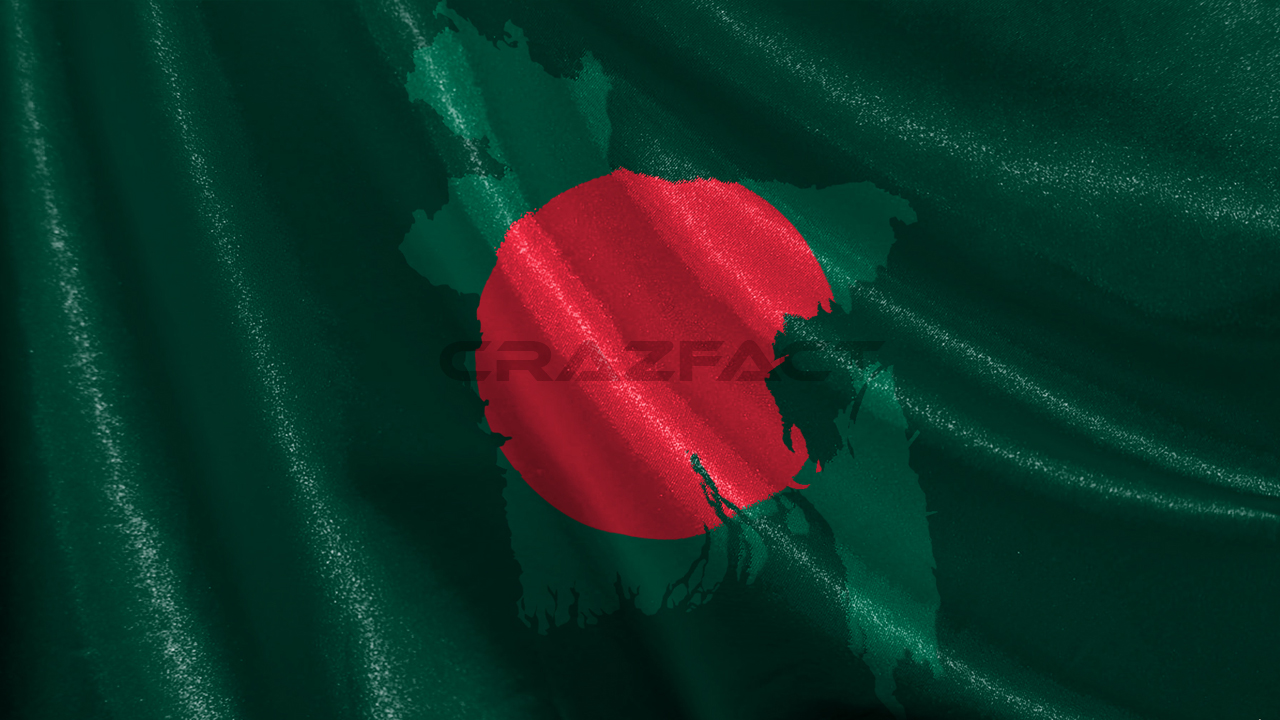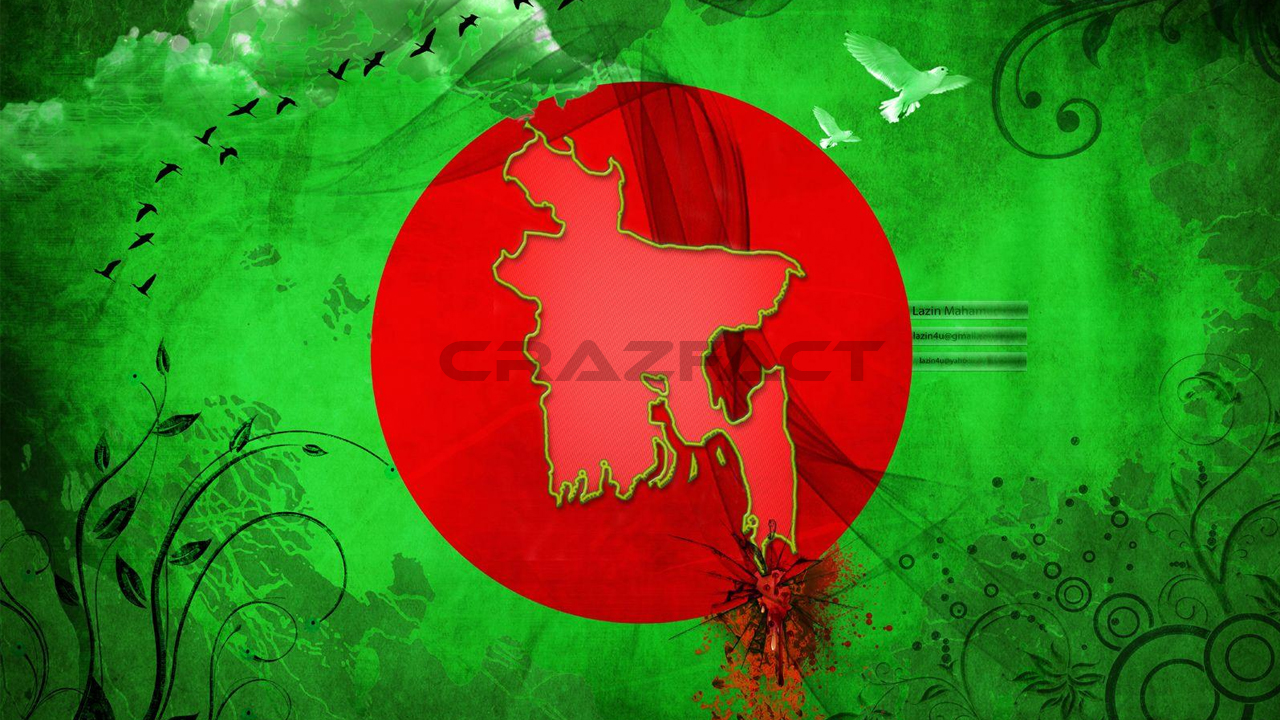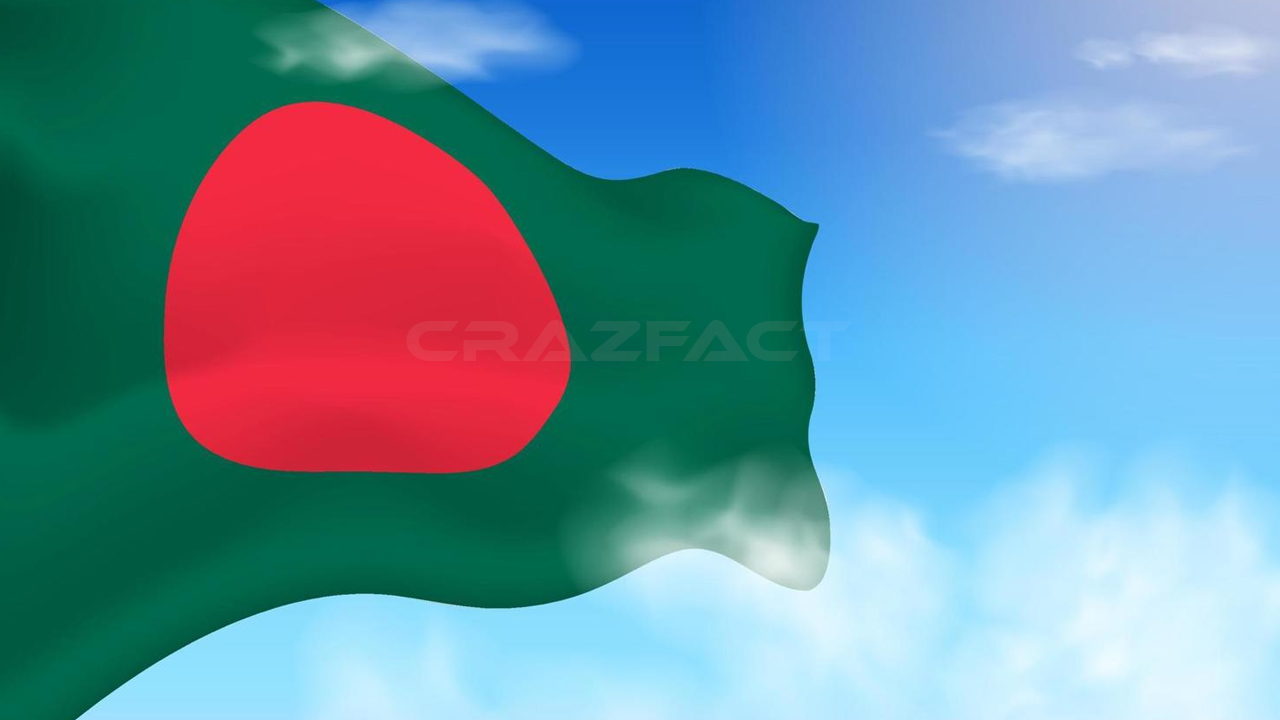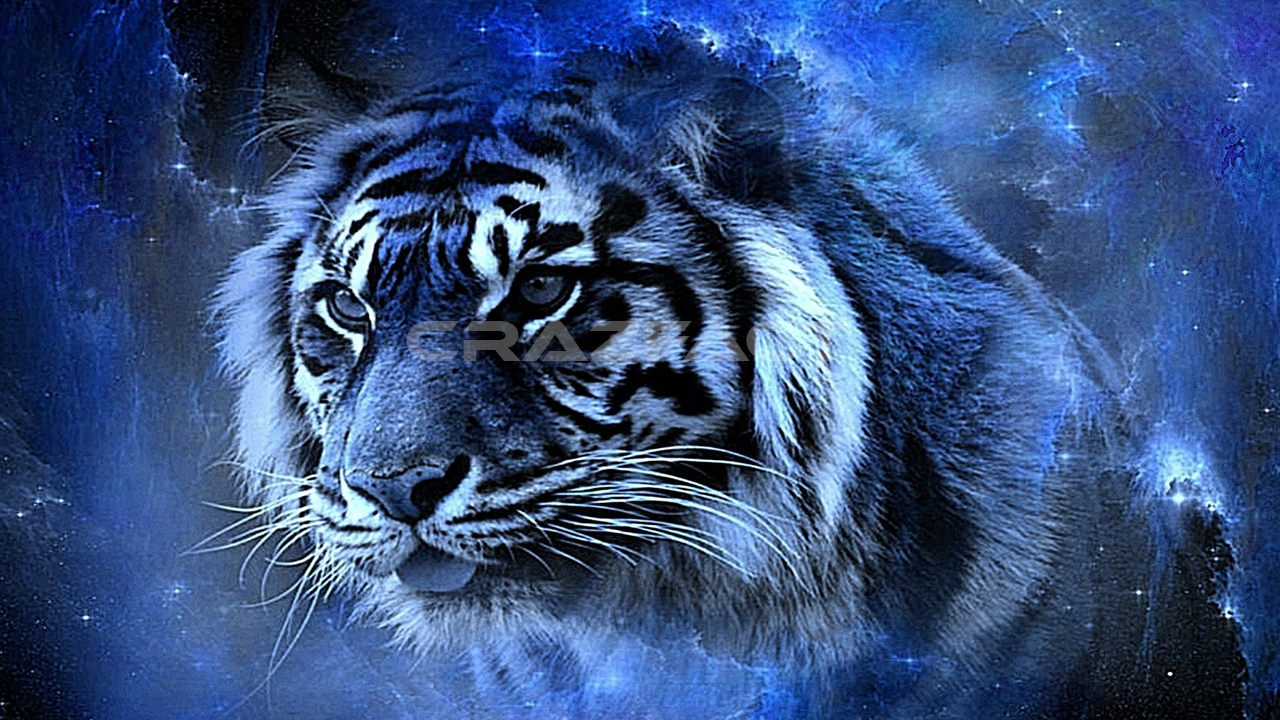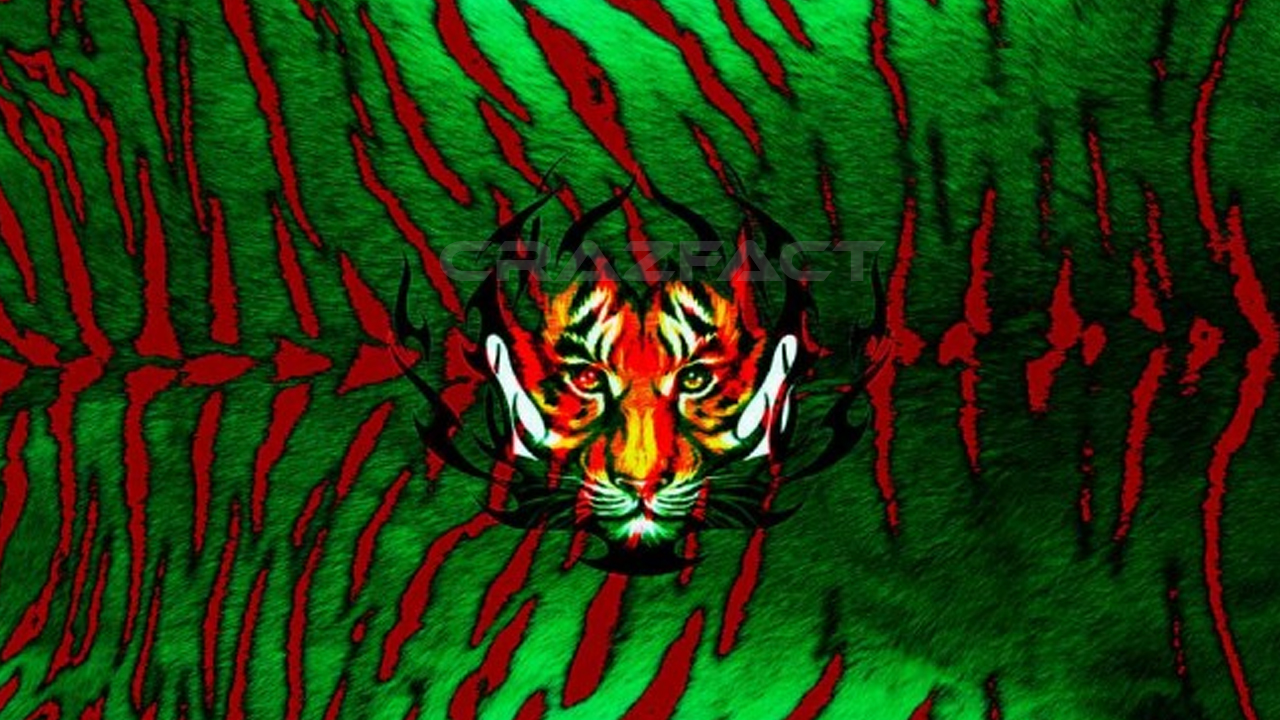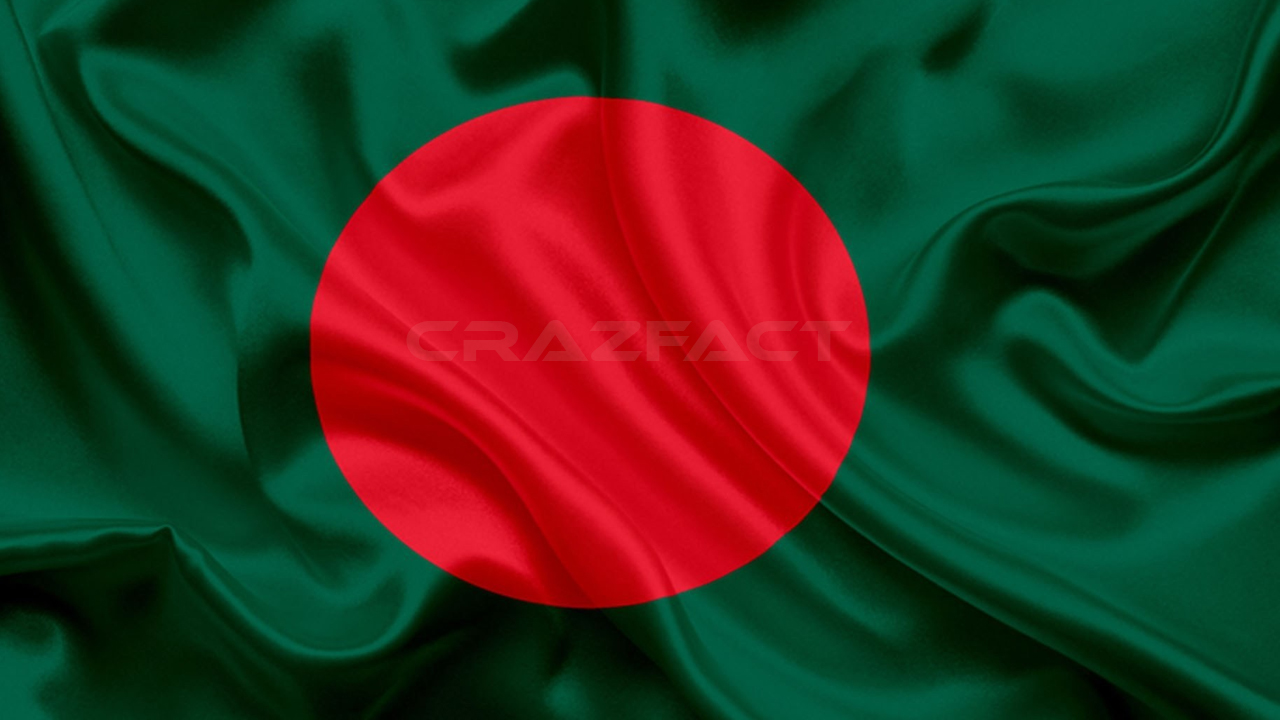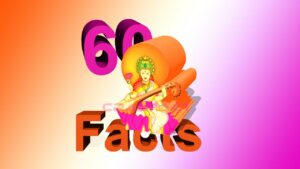Bangladesh is a country located in South Asia, bordered by India to the north, east, and west, and Myanmar to the southeast. It is the eighth-most populous country in the world, with a population of over 160 million people. The capital and largest city is Dhaka.
Bangladesh is a low-lying, deltaic country, with the world’s largest delta and some of the world’s most fertile land. The country is prone to flooding and other natural disasters, which can cause significant damage to infrastructure and homes. Despite these challenges, Bangladesh has made significant progress in economic and social development in recent years and is on track to achieve many of its Sustainable Development Goals.
Bangladesh has a rich cultural heritage, with a long history of music, dance, art, and literature. The country is also home to some of the world’s largest and most vibrant mangrove forests, including the Sundarbans, which is a UNESCO World Heritage Site.
Some of the major industries in Bangladesh include textiles and apparel, agriculture, and the IT sector. The country is also home to many natural resources, including natural gas, coal, and timber. Bangladesh has a growing economy and has made significant progress in recent years in reducing poverty and improving access to education and healthcare.
- Bangladesh is a country located in South Asia, bordered by India to the north, east, and west, and Myanmar to the southeast.
- The official name of the country is the People’s Republic of Bangladesh.
- The capital and largest city of Bangladesh is Dhaka, with a population of over 21 million people.
- The official language of Bangladesh is Bengali, also known as Bangla.
- The national anthem of Bangladesh is “Amar Sonar Bangla” (My Golden Bengal).
- The national emblem of Bangladesh is the Bengal tiger.
- Bangladesh is the eighth most populous country in the world, with a population of over 166 million people.
- The currency of Bangladesh is the Bangladeshi taka (BDT).
- Bangladesh is a predominantly Muslim country, with over 90% of the population being followers of Islam.
- The literacy rate in Bangladesh is approximately 72%, with a higher rate among males than females.
- The life expectancy in Bangladesh is approximately 72 years.
- Bangladesh is the world’s largest producer of jute, a natural fiber used to make burlap and other products.
- The national flower of Bangladesh is the water lily, known locally as Shapla.
- Bangladesh is home to the world’s largest delta, the Sundarbans, which is a UNESCO World Heritage site and a major tiger reserve.
- The Sundarbans is the only place in the world where tigers are known to swim in the water.
- The Bangladeshi flag features a green field with a red disc in the center, representing the sun rising over Bengal.
- Bangladesh is a low-lying country, with much of its land being less than 10 meters above sea level.
- The country has six seasons: Grishmo (summer), Barsha (monsoon), Sharat (autumn), Hemanta (late autumn), Shhit (winter), and Bashonto (spring).
- Bangladesh is known for its delicious cuisine, which features a mix of Indian and Middle Eastern flavors.
- The country is particularly famous for its curries, biryanis, and pithas (sweet or savory cakes made from rice flour).
- The Grameen Bank, founded by Muhammad Yunus, pioneered the concept of microfinance and has helped millions of poor people in Bangladesh and around the world.
- The official religion of Bangladesh is Islam, but the country is also home to significant Hindu, Christian, and Buddhist communities.
- The Bengali New Year, also known as Pohela Boishakh, is a major festival in Bangladesh, celebrated on April 14th.
- Bangladesh has a rich cultural heritage, with traditional music, dance, and art forms dating back thousands of years.
- The traditional dress of Bangladesh is the saree for women and the lungi for men.
- The Cox’s Bazar beach in Bangladesh is the longest natural sea beach in the world, stretching over 120 km.
- Bangladesh is home to numerous national parks and wildlife sanctuaries, including the Lawachara National Park, the Srimangal Wildlife Sanctuary, and the Bhawal National Park.
- The Sundarbans is home to several endangered species, including the Bengal tiger, the saltwater crocodile, and the Indian python.
- Bangladesh is known for its rich folk literature, including the works of the famous poet Rabindranath Tagore.
- The country has a vibrant film industry, with the Bengali film industry, also known as Tollywood, producing a large number of films each year.
- The garment industry is one of the largest industries in Bangladesh, accounting for over 80% of the country’s total export earnings.
- Bangladesh is one of the world’s largest exporters of ready-made garments.
- The country has a large agriculture sector, with rice being the main crop and the staple food of the people.
- Bangladesh is also a major producer of jute, tea, and fish.
- The country has made significant progress in reducing poverty, with the poverty rate dropping from over 40% in the 1990s to around 20% in recent years.
- Bangladesh is one of the few developing countries that has achieved the United Nations Millennium Development Goals (MDGs).
- The country has a growing middle class, with a rising number of people joining the middle-income group.
- The Bangladesh economy has been growing at an average rate of 6% per year over the past decade.
- The country is one of the world’s largest contributors of peacekeeping troops to the United Nations.
- Bangladesh has a rich history, with evidence of human habitation dating back over 4,000 years.
- The country was ruled by various kingdoms and empires throughout history, including the Maurya Empire, the Gupta Empire, and the Mughal Empire.
- The British ruled Bangladesh for over 200 years until the country gained independence in 1971.
- The independence movement was led by Sheikh Mujibur Rahman, who is considered the father of the nation.
- Bangladesh is a parliamentary democracy, with the Prime Minister serving as the head of government and the President serving as the head of state.
- The current Prime Minister of Bangladesh is Sheikh Hasina, who has been in power since 2009.
- The country has a rich tradition of arts and crafts, including pottery, weaving, and embroidery.
- The Nakshi Kantha, a type of embroidered quilt, is a popular traditional handicraft in Bangladesh.
- The traditional musical instrument of Bangladesh is the dhol, a double-headed drum.
- The country has a diverse range of wildlife, including elephants, deer, and various species of birds.
- The Royal Bengal Tiger is the national animal of Bangladesh.
- The official sport of Bangladesh is kabaddi, a contact sport played between two teams.
- Cricket is also very popular in Bangladesh, with the national cricket team has achieved some notable successes in recent years.
- The Bangladesh national cricket team is also known as the Tigers.
- The country has a large number of rivers, including the Brahmaputra, the Ganges, and the Meghna.
- The Bangabandhu Bridge, also known as the Jamuna Bridge, is the longest bridge in Bangladesh, spanning over 4.8 kilometers.
- The country has a rich tradition of boat building, with many traditional boats still in use today.
- The Shakrain festival, celebrated in November, involves kite flying and is a major event in Bangladesh.
- The Baul music tradition, which combines elements of Hinduism, Buddhism, and Islam, is a popular form of music in Bangladesh.
- The Chittagong Hill Tracts, located in southeastern Bangladesh, is a region known for its natural beauty and cultural diversity.
- The Sylhet region of Bangladesh is known for its tea plantations and is home to the famous Sylheti tea.
- The Bangladeshi film industry has produced a number of acclaimed films, including “The Clay Bird” and “Matir Moina”.
- The Bengali language, also known as Bangla, is the official language of Bangladesh and is spoken by the majority of the population.
- Bangladesh has a high population density, with over 160 million people living in an area of 147,570 square kilometers.
- The country has a young population, with over 60% of people under the age of 25.
- The literacy rate in Bangladesh has been steadily increasing, with around 75% of the population now able to read and write.
- The National Martyrs’ Memorial, located in Savar, is a monument dedicated to the people who died in the Bangladesh Liberation War.
- The Sundarbans, located in the southwestern part of Bangladesh, is the largest mangrove forest in the world and is home to the endangered Bengal tiger.
- The country has a tropical monsoon climate, with hot and humid summers and mild winters.
- Bangladesh is prone to natural disasters, including floods, cyclones, and earthquakes.
- The 1970 Bhola cyclone, which killed over 500,000 people, is considered one of the deadliest natural disasters in history.
- The Grameen Bank, founded by Muhammad Yunus, is a microfinance organization that provides small loans to poor people, particularly women.
- The Bangladesh Liberation War, which lasted from 1971 to 1972, resulted in the independence of Bangladesh from Pakistan.
- The Bangladeshi flag is green and red, with a circle in the middle that represents the sun.
- The national anthem of Bangladesh, “Amar Shonar Bangla,” was written by Rabindranath Tagore.
- The Cox’s Bazar beach, located in southeastern Bangladesh, is one of the longest beaches in the world.
- The Dhaka Stock Exchange is the main stock exchange of Bangladesh and is one of the oldest stock exchanges in South Asia.
- The country has a growing information technology sector, with a number of software development companies based in Dhaka.
- The Bangladeshi taka is the official currency of Bangladesh.
- The country has a well-developed transportation system, with buses, trains, and boats providing transportation for millions of people every day.
- The Padma Bridge, currently under construction, is set to become the longest bridge in Bangladesh when completed.
- The country has a number of historical sites, including the ancient city of Paharpur, the ruins of the city of Bagerhat, and the Lalbagh Fort in Dhaka.
- The Varendra Research Museum, located in Rajshahi, is the oldest museum in Bangladesh and houses a large collection of archaeological artifacts.
- The Bangladesh Agricultural Research Institute, located in Gazipur, is a leading research institution focused on improving agricultural productivity in the country.
- The National Museum of Bangladesh, located in Dhaka, houses a large collection of historical artifacts and works of art.
- Dhaka University, founded in 1921, is one of the oldest and most prestigious universities in Bangladesh.
- The Bangladesh Institute of Technology, located in Khulna, is a leading engineering and technology institution in the country.
- The Bangladesh Bank is the central bank of Bangladesh and is responsible for regulating the country’s monetary policy.
- The country has a number of national parks and wildlife sanctuaries, including the Lawachara National Park and the Bhawal National Park.
- The Bangladesh Red Crescent Society is a humanitarian organization that provides disaster relief and other assistance to people in need.
- The Bangladeshi film industry, known as Dhallywood, produces around 100 films every year.
- The country is home to a number of traditional crafts, including weaving, pottery, and metalwork.
- The Jamdani, a traditional hand-woven textile, is a UNESCO Intangible Cultural Heritage of Humanity.
- The Nakshi Kantha, a type of embroidered quilt, is another traditional craft that is popular in Bangladesh.
- The Bengali New Year, known as Pohela Boishakh, is celebrated in April and is one of the biggest cultural festivals in the country.
- Cricket is the most popular sport in Bangladesh, with the national team has achieved significant success in recent years.
- The Bangladesh Premier League is a professional Twenty20 cricket league in the country.
- Football is also popular in Bangladesh, with the national team has participated in the AFC Asian Cup several times.
- The Bangabandhu National Stadium in Dhaka is the largest stadium in Bangladesh and is used for a variety of sports and events.
- The country has a rich culinary tradition, with dishes such as biryani, curries, and pithy being popular.
- The traditional dress for women in Bangladesh is the saree, while men often wear the lungi, a type of sarong.
- The Bangladeshi education system includes primary, secondary, and tertiary education, with a number of universities and colleges offering higher education.
- The country has made significant progress in reducing poverty, with the poverty rate falling from over 30% in the 1990s to around 20% today.
- The garment industry is one of the largest industries in Bangladesh and is a major contributor to the country’s economy.
- The country is a major exporter of textiles, clothing, and jute products.
- The country has a growing pharmaceutical industry, with a number of companies producing both generic and branded drugs.
- The IT sector in Bangladesh is growing rapidly, with a number of companies providing outsourcing services to clients around the world.
- The country is home to a number of multinational corporations, including Unilever, Nestle, and Coca-Cola.
- The Chittagong Port is the largest seaport in Bangladesh and is a major gateway for international trade.
- The country has a number of airports, including the Hazrat Shahjalal International Airport in Dhaka and the Shah Amanat International Airport in Chittagong.
- The Jamuna Bridge, located in the northwest of the country, is the longest bridge in Bangladesh.
- The country has a growing renewable energy sector, with a number of wind and solar power projects underway.
- The Bangladesh Atomic Energy Commission is responsible for the development of nuclear energy in the country.
- The country has a number of natural resources, including natural gas, coal, and limestone.
- The country has a rich musical heritage, with genres such as Baul, Nazrul Geeti, and Rabindra Sangeet being popular.
- The Bangladeshi rock band, Miles, is one of the most popular bands in the country and has achieved international recognition.
- The country has a number of traditional festivals, including Eid al-Fitr, Eid al-Adha, and Durga Puja.
- The Shaheed Minar, located in Dhaka, is a monument dedicated to the students who died in the 1952 Language Movement.
- The country has a number of NGOs and non-profit organizations, including BRAC and the Grameen Foundation, that work to improve the lives of people in the country.
- The Sundarbans, located in the south of the country, is the largest mangrove forest in the world and is home to the Bengal tiger.
- The Cox’s Bazar beach, located in the southeast of the country, is the longest natural sea beach in the world.
- The Srimangal region, located in the northeast of the country, is known for its tea plantations and is often referred to as the “tea capital” of Bangladesh.
- The Lalbagh Fort, located in Dhaka, was built in the 17th century and is one of the major historical landmarks in the country.
- The Ahsan Manzil, located in Dhaka, was the official residence of the Nawab of Dhaka and is now a museum.
- The Bangladesh National Museum, also located in Dhaka, is the largest museum in the country and houses a collection of historical artifacts and artworks.
- The Baitul Mukarram Mosque, located in Dhaka, is the national mosque of Bangladesh and can accommodate up to 30,000 worshippers at a time.
- The Bangabhaban, located in Dhaka, is the official residence of the President of Bangladesh.
- The Jatiya Sangsad Bhaban, also located in Dhaka, is the parliament building of Bangladesh and is known for its unique architectural design.
- The Muktijuddho Jadughar, located in Dhaka, is a museum dedicated to the Bangladesh Liberation War of 1971.
- The Martyred Intellectuals Memorial, located in Dhaka, is a monument dedicated to the intellectuals who were killed during the Bangladesh Liberation War.
- The Liberation War Museum, also located in Dhaka, is a museum dedicated to the history of the Bangladesh Liberation War.
- The Dhaka University Central Library is the largest library in Bangladesh and houses a collection of over 700,000 books.
- The Sylhet Division, located in the northeast of the country, is known for its natural beauty and is a popular tourist destination.
- The Rangamati Hill District, located in the southeast of the country, is known for its scenic beauty and is home to a number of indigenous communities.
- The Bangladeshi film “Matir Moina,” also known as “The Clay Bird,” was the first Bangladeshi film to be screened at the Cannes Film Festival.
- The Bangladeshi writer and filmmaker, Humayun Ahmed, was one of the most popular and influential cultural figures in the country’s history.
- The Bangladeshi singer, Runa Laila, is one of the most popular and celebrated singers in the country and has achieved international success.
- The country has a number of traditional sports, including kabaddi, boat racing, and bullfighting.
- The country has a number of natural and man-made waterfalls, including the Madhabpur Lake Waterfall and the Nafa-Khum Waterfall.
- The country has a number of natural and man-made lakes, including the Kaptai Lake and the Dhanmondi Lake.
- The country has a number of national parks and wildlife sanctuaries, including the Lawachara National Park and the Bhawal National Park.
- The country has a number of historical landmarks, including the Sixty Dome Mosque, the Lalbagh Fort, and the Bagerhat Mosque City.
- The country has a number of UNESCO World Heritage Sites, including the Sundarbans, the Paharpur Buddhist Monastery, and the Mosque City of Bagerhat.
- The country has a diverse range of flora and fauna, with over 5,700 species of flowering plants and over 100 species of mammals.
- The national fruit of Bangladesh is jackfruit, which is often used in traditional dishes and desserts.
- The national bird of Bangladesh is the oriental magpie-robin, which is known for its melodious song.
- The national animal of Bangladesh is the Royal Bengal tiger, which is an endangered species and is found in the Sundarbans.
- The country has a tropical monsoon climate, with heavy rainfall during the monsoon season from June to September.
- The country is prone to natural disasters, including floods, cyclones, and landslides, which can cause significant damage to property and infrastructure.
- The country has a growing economy and is one of the fastest-growing economies in the world, with a focus on agriculture, textiles, and manufacturing.
- The country has a diverse and rich cultural heritage, with influences from Hinduism, Buddhism, Islam, and colonialism.
- The country has a rich tradition of handicrafts, including weaving, pottery, and embroidery, which are often sold in local markets and bazaars.
- The country has a diverse cuisine, with dishes that include rice, fish, meat, vegetables, and a variety of spices and herbs.
- The country has a rich tradition of music and dance, with traditional forms such as Baul, Jari, and Sari-gaan.
- The country has a thriving film industry, with a number of notable directors and actors.
- The country has a growing tech sector, with a number of startups and entrepreneurs working on innovative projects.
- The country is home to a number of prestigious educational institutions, including the University of Dhaka and the Bangladesh University of Engineering and Technology.
- The country has a growing tourism industry, with a number of natural and cultural attractions.
- The country is known for its warm and welcoming people, who are often described as friendly and hospitable.
- The country is a member of the United Nations, the Commonwealth of Nations, and the World Trade Organization.
- The country has a number of prominent politicians and public figures, including Sheikh Hasina, the current Prime Minister, and Muhammad Yunus, the founder of the Grameen Bank.
- The country has made significant progress in improving its social indicators, including reducing poverty and improving access to education and healthcare.
- The country has a growing middle class, which is driving demand for consumer goods and services.
- The country has a growing urban population, with a number of large cities such as Dhaka, Chittagong, and Khulna.
- The country has a young and dynamic workforce, with a large proportion of the population under the age of 30.
- The country has made significant progress in improving its infrastructure, including building new roads, bridges, and airports.
- The country has a number of major ports, including the Port of Chittagong, which is the largest port in the country and one of the busiest in the region.
- The country has a growing renewable energy sector, with a focus on solar power and wind energy.
- The country has a number of innovative social enterprises, including the Grameen Bank and BRAC, which are focused on reducing poverty and promoting social development.
- The country has a rich literary tradition, with notable writers such as Rabindranath Tagore, Kazi Nazrul Islam, and Jibanananda Das.
- The country has a number of museums and cultural institutions, including the Bangladesh National Museum and the Liberation War Museum.
- The country has a large diaspora, with significant communities in the United Kingdom, the United States, Canada, and other countries.
- The country has a number of important historical sites, including the ruins of ancient Buddhist monasteries at Paharpur and the ancient city of Bagerhat.
- The country has a long history of political activism and social movements, including the Language Movement of 1952 and the Liberation War of 1971.
- The country has a strong tradition of journalism and media, with a number of prominent newspapers and TV channels.
- The country has a diverse range of festivals and celebrations, including Eid al-Fitr, Durga Puja, and Pohela Boishakh, the Bengali New Year.
- The country has a growing fashion industry, with a number of talented designers and models.
- The country is home to a number of famous athletes, including Shakib Al Hasan, the world’s top-ranked all-rounder in cricket.
- The country has a number of national parks and wildlife sanctuaries, which are home to a variety of endangered species.
- The country is a major producer of jute, which is used to make textiles and other products.
- The country is also a major producer of tea, with tea plantations in the hilly regions of Sylhet and Chittagong.
- The country has a strong tradition of folk music, with instruments such as the ektara and dotara commonly used.
- The country has a rich tradition of folk tales and myths, including stories about ghosts, demons, and magical creatures.
- The country has a growing animation industry, with a number of studios producing cartoons and animated films.
- The country has a thriving art scene, with a number of artists working in traditional and modern styles.
- The country has a growing e-commerce industry, with a number of online marketplaces and startups.
- The country has a number of major telecom companies, including Grameenphone, Robi, and Banglalink.
- The country has a growing fashion industry, with a number of talented designers and models.
- The country has a growing sports industry, with a focus on cricket, football, and kabaddi.
- The country has a growing healthcare industry, with a number of modern hospitals and clinics.
- The country has a strong tradition of community-based organizations, including the famous microfinance organization, the Grameen Bank.
- The country has a growing hospitality industry, with a number of hotels and resorts catering to tourists and business travelers.
- The country has a number of prominent human rights organizations, including Odhikar and Ain o Salish Kendra.
- The country has a rich tradition of puppetry, with puppets made of clay, wood, and cloth.
- The country has a rich tradition of boat-making, with boats of various sizes and shapes used for transportation, fishing, and recreation.
- The country has a number of famous landmarks, including the National Martyrs’ Memorial in Savar and the Ahsan Manzil palace in Dhaka.
- The country has a growing aviation industry, with a number of airlines operating both domestic and international flights.

